A question came in to Ask Gardenerd this week about Leaf Miners:
“I just watched your citrus care video and it was great! I have [citrus trees] that were all planted within the past 1.5 years… None of my trees have yellow leaves, however, they all have leaf miners and probably leaf rollers. They all also have ants crawling on them (so perhaps mites or aphids are present). I apply Tanglefoot around each trunk every 6 months, but the ants can still get onto the trees because of the angle of the slope.
I have tried spraying the trees with insecticidal soap and over the summer, I released green lacewing larvae, but still can’t seem to get the insects to go away. I live in North County, [San Diego, CA] so the bugs exist all year-round! Do you have any suggestions for me? Thank you in advance and I look forward to hearing from you soon! – Cheryl”
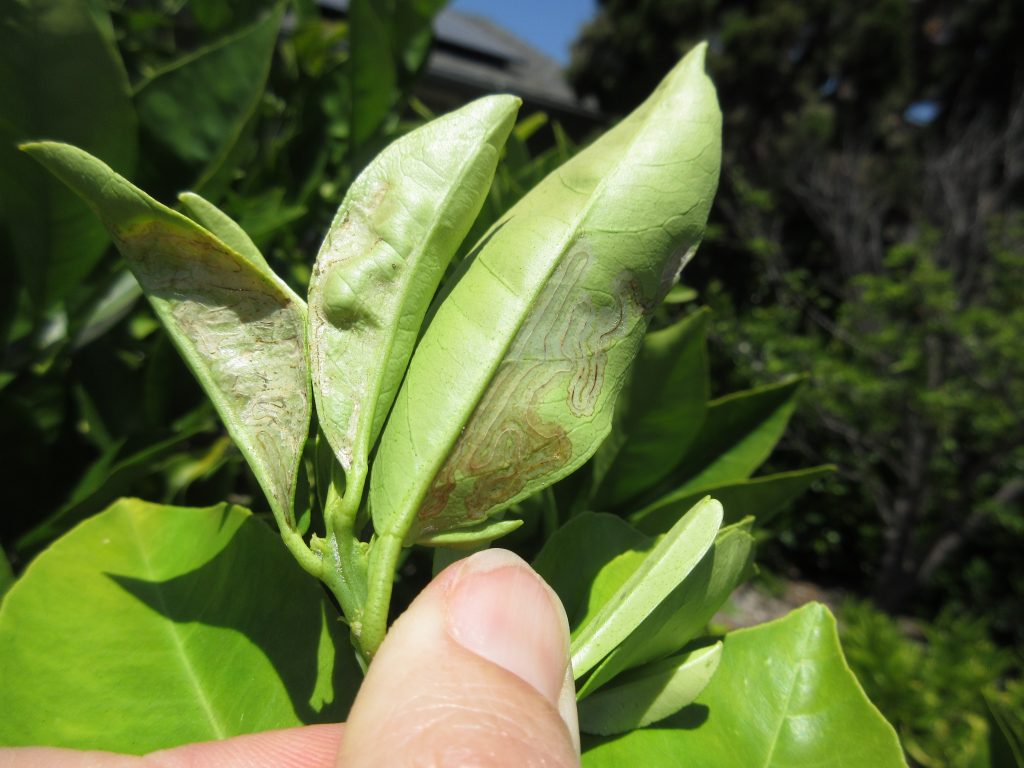
Pests can be an ongoing problem, and soil management is the best way to boost plant vitality so your fruit trees can outperform the pests. It sounds like you’re feeding your trees properly, but keep in mind that it can take a few years for citrus trees to take hold and become productive. Your job right now is to feed your soil (plenty of mulch to feed soil microbes, compost, and compost tea). Let’s look at other solutions:
Organic Solutions for Leaf Miners
Let’s start with leaf miners. We did a video last year on the benefits of spraying leaf surfaces and the soil with beneficial nematodes. Steinernema carpocapsae and Steinernema feltiae nematodes will penetrate the leaf surfaces and destroy leaf miners. We applied here at the Gardenerd Test Garden in fall and haven’t seen any new damage since. Those nematodes treat a host of other insect issues so you can’t go wrong with it.
Leaf Rollers
Leaf rollers pupate in “loose cocoons” by rolling up leaves to nest inside them for about a month before emerging as a moth. There are many types of leaf rollers, some of which lay eggs on stems and twigs rather than leaves. Fruit tree leaf rollers only produce one generation per year, so that’s good news. The moths usually mate and lay eggs between May and June.
Tachinid flies will parasitize them, so be sure to grow plenty of beneficial insectary plants that attract Tachinid flies to the garden, such as alyssum, yarrow and other umbels. You can apply Bt spray (Bacillus thurungensis) if you really want to treat them, though most of the time the damage isn’t severe enough to merit treatment.
Other Options
Another option, which will treat both leaf miners and leaf rollers is to apply an organic product with Spinosad (it penetrates leaf surfaces as well). Monterey Garden Insect Spray treats both, as well as ants if you treat the mound directly. Neem and other horticultural oils may work to some degree, but they don’t penetrate leaf surfaces, but rather smother insects instead.
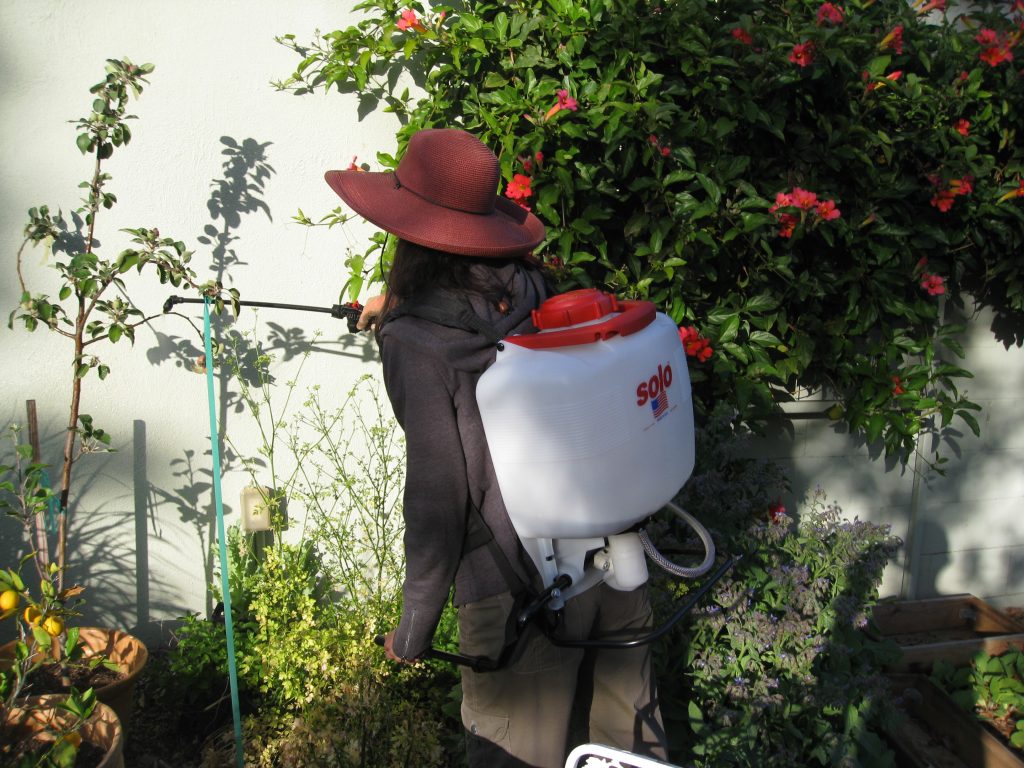
Ant Treatments
Ants are only an issue if they are farming scale, aphids, or other sucking insects on your fruit trees. If they provide taxi services in exchange for the sweet honeydew these sucking insects secrete, you may want to tackle the issue. Since sticky traps aren’t quick working for you (i.e. Tangle foot), you might want to try a boric acid-based ant trap instead. Install these traps at the base of each tree and see if that reduces the population.
We hope this helps you boost your citrus trees’ vitality this season. Thanks for writing in Cheryl.
To find most solutions like these, pre-order your copy of Grow Your Own Mini Fruit Garden, due out in March, 2021.

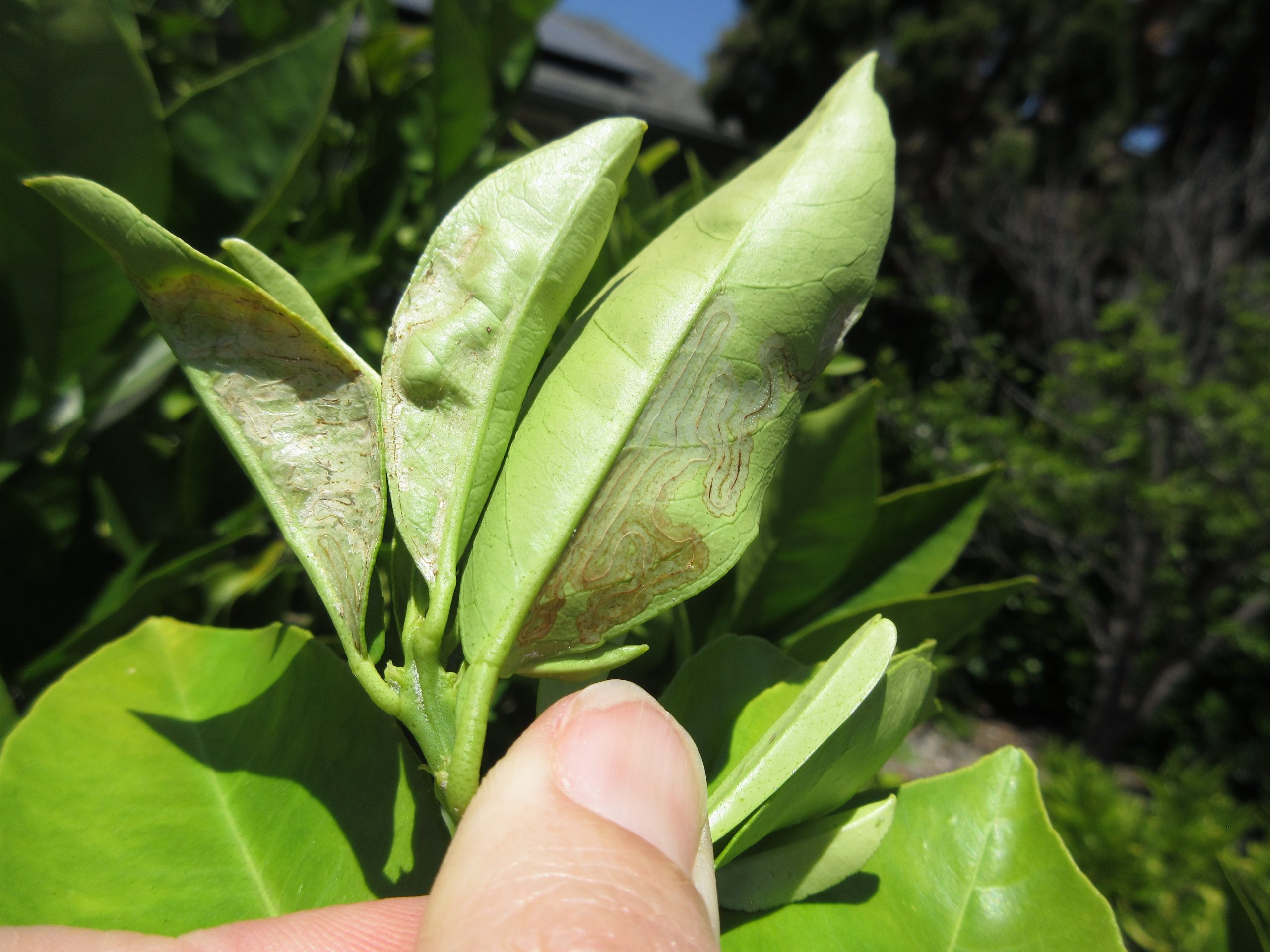
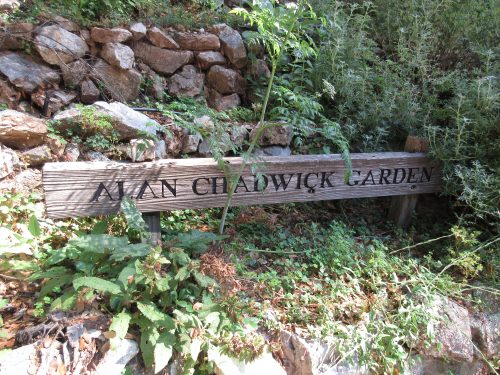
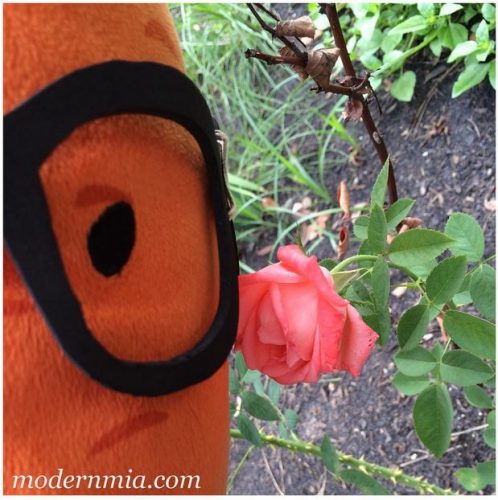

Thanks for this info, Christy. I’m in Northern California, zone 9 and had leafminers for the first time last year, affecting an orange and two lemons. I just bought some nematodes. Is now a good time to spray in my area? I don’t know if they might harm bees, but the blossoms haven’t opened yet.
The best time to spray is when your nematodes arrive, in the early morning before sunrise, or late in the after noon after sunset. If you can catch your plants before the flowers open all the better. If not, opt for dusk because most pollinators will be in for the night.
Hi Christy,
Thank you for featuring my question in today’s blog post! And thank you for all the information!
I apply beneficial nematodes every 2nd week in April, but never applied it directly to the leaf surfaces, only the soil. I will definitely try applying to leaf surfaces next time. Am I applying at the correct time of the year?
I have some alyssum and yarrow in my yard, but will plant some closer to the citrus trees – thanks for the tip about those beneficial flies.
Can I apply the Monterey Garden Insect Spray while there are flowers or fruit on the trees?
Everyone has their own advice and lots of it is contradictory. I’m glad I found you and your website – you clearly know your stuff!
You may need to apply nematodes a few times throughout the year at first to interrupt the life cycles. You’ll catch some the first time, but maybe not all. So try twice a year this year (maybe again in fall) to see if that helps.
Beneficials – the more the merrier.
I would avoid applying any insecticides while the fruit trees are flowering. Some say you can apply before sunrise or after sunset to avoid bees until the spray dries. If you need to do that, time it out during those times.